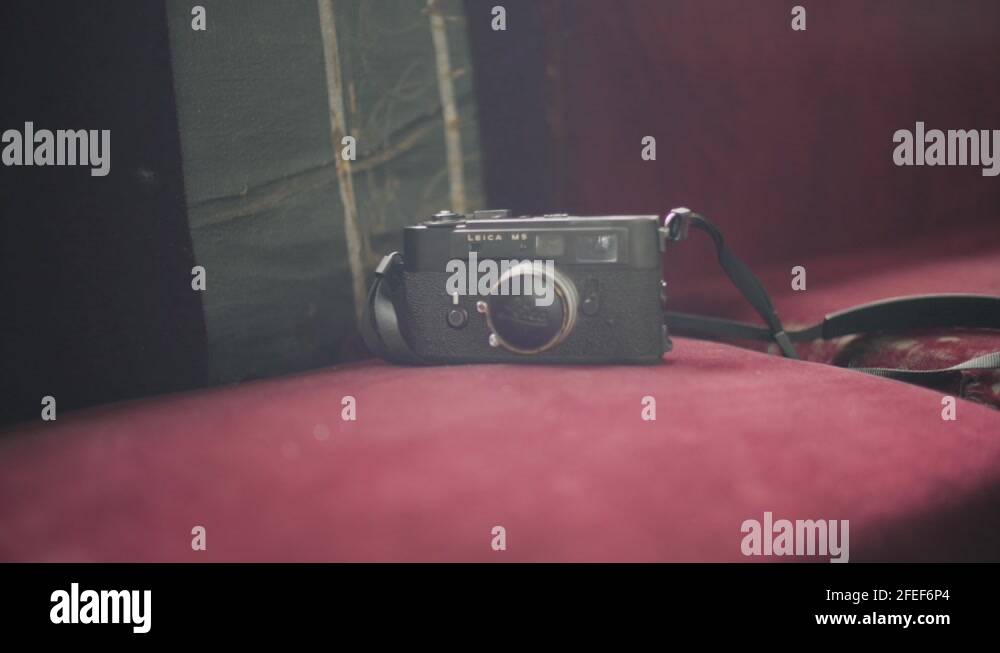
The laser will scan a line, then scan it again and average the photons counted per pixel. Line averaging can be very useful for enhancing a weak signal. “Zoom in” allows you to draw a square ROI anywhere on your field of view, and enlarge that region. The zoom factor setting allows you to zoom out (to 0.75x) or zoom in (to 48x). This option is useful for live scans when you are recording fast events as this will double your speed. The “Bidirectional X” option allows the laser to scan the x dimension both in the forward and the return motion. The middle of the XY panel will give you the pixel dwell time and the frame rate (how long it takes a laser to scan all the pixels in the field). As with the format, you can click the “+” button at the right to choose a custom scan speed (up to 1800 Hz).

The faster speeds are most often used for live imaging (see the section on time scans). Slower scan speeds will generate more photons, but also increase the risk of photobleaching fluors and damaging live samples. The “Speed” menu controls how long the laser(s) will dwell on a pixel.įor most xyz scans, a speed of 400 Hz will give you quality images. The panel will give you a readout of both the pixel size and the image size, as determined by your objective, format, and zoom factor. In most cases it’s best to go with just enough pixels to depict what you want to image. Of course you can scan at a slower speed or increase the laser power, but that may introduce new complications (photobleaching, damage to live samples). There is also the problem of “diluting” the photons increasing the number of pixels means that you will collect fewer photons per pixel. Increasing the format means much larger files. Some people might think that more pixels are always better, but there are tradeoffs. A good guideline (from the Nyquist sampling theorem) is that your pixels should be ~2.3 times smaller than the smallest structure you wish to image. How many pixels should you assign to a line? That will depend on how much resolution you need. Click the “+” button to the right of the format dropdown to open a new window that allows you to specify the x-y dimensions: You also have the option to use a custom format. With the 512(x) X 512(y) option you have 512 lines that are subdivided into 512 pixels apiece. The format menu allows you to choose the size of the xy plane, and the number of pixels you assign to it (your digital resolution).

The XY portion of the panel is used to set parameters such as scanning speed, frame size, resolution, zoom, etc.: The Auto focus panel looks like this:Īutofocus and Sequential Scans will also be discussed in more detail in their own separate sections. Using functions 1 & 2 requires the scanning stage and will be discussed in another section. The 4 buttons to the right of the scan mode menu are 1-“Define Overview Image” (used to set up a tile scan), 2-“Define Multiple Positions”, 3-“Show Auto-Focus Panel”, and 4-“Show Sequential Scan Panel”. Choosing an option with “z” and/or “t” and/or “λ” will open specialized panels on the bottom of the left side, which will be introduced below. The “λ” options enable scanning across a range of wavelengths.
#LEICA ACQUIRE SERIES#
Modes with “t” allow the user to take a series of images within a specified time span. “z” adds the third dimension it defines the optical plane(s) where x & y are scanned.

The “x” dimension is the line scanned across the sample by the lasers. The drop down menu at the top left gives you the available scan modes: The left side of the acquisition window allows you choose the type of scan and set the various parameters. Operations such as sequential scans, lambda scans or time courses will be covered in more detail in their own protocols. The acquisition panel entries will break down the panel into its 3 sections and provide an overview of each one’s functions. These protocols are provided here as a reference to help you learn these functions in small, more easily digested bits.

While there is an initially bewildering array of settings demanding your attention, once you learn what they do, you will have a great about of flexibility and versatility in setting up your imaging experiments. There are many sorts of buttons and displays and drop downs to adjust. At first glance, the Leica acquisition panel looks very complex and scary.


 0 kommentar(er)
0 kommentar(er)
